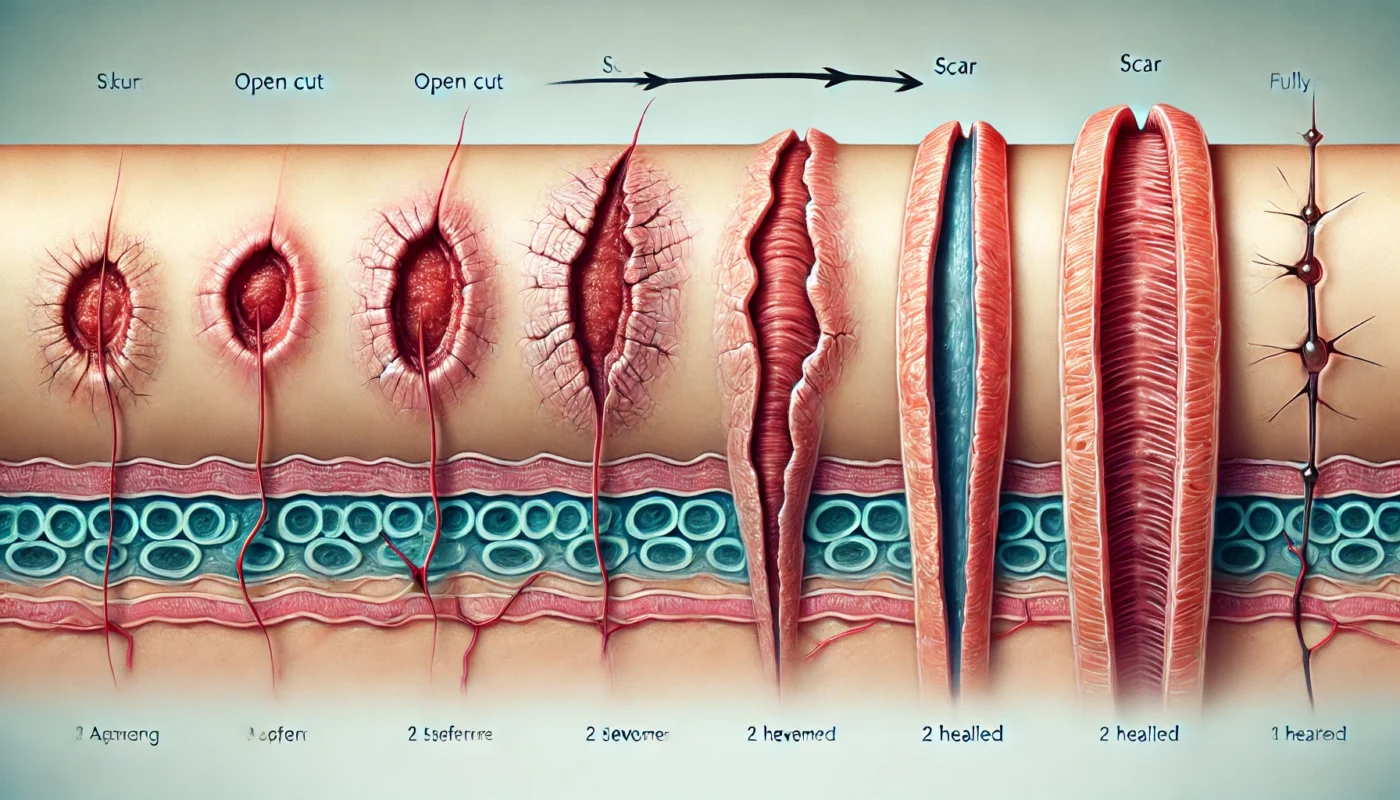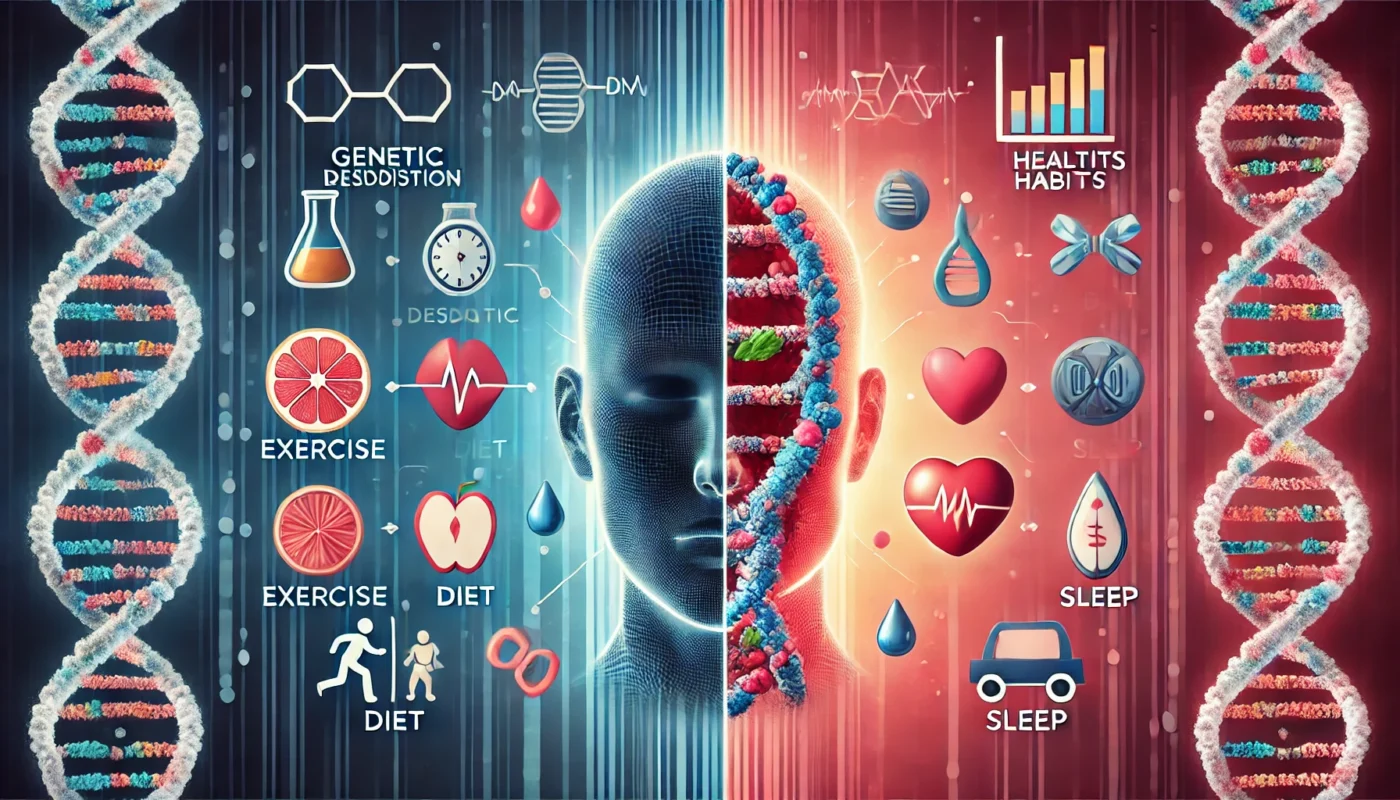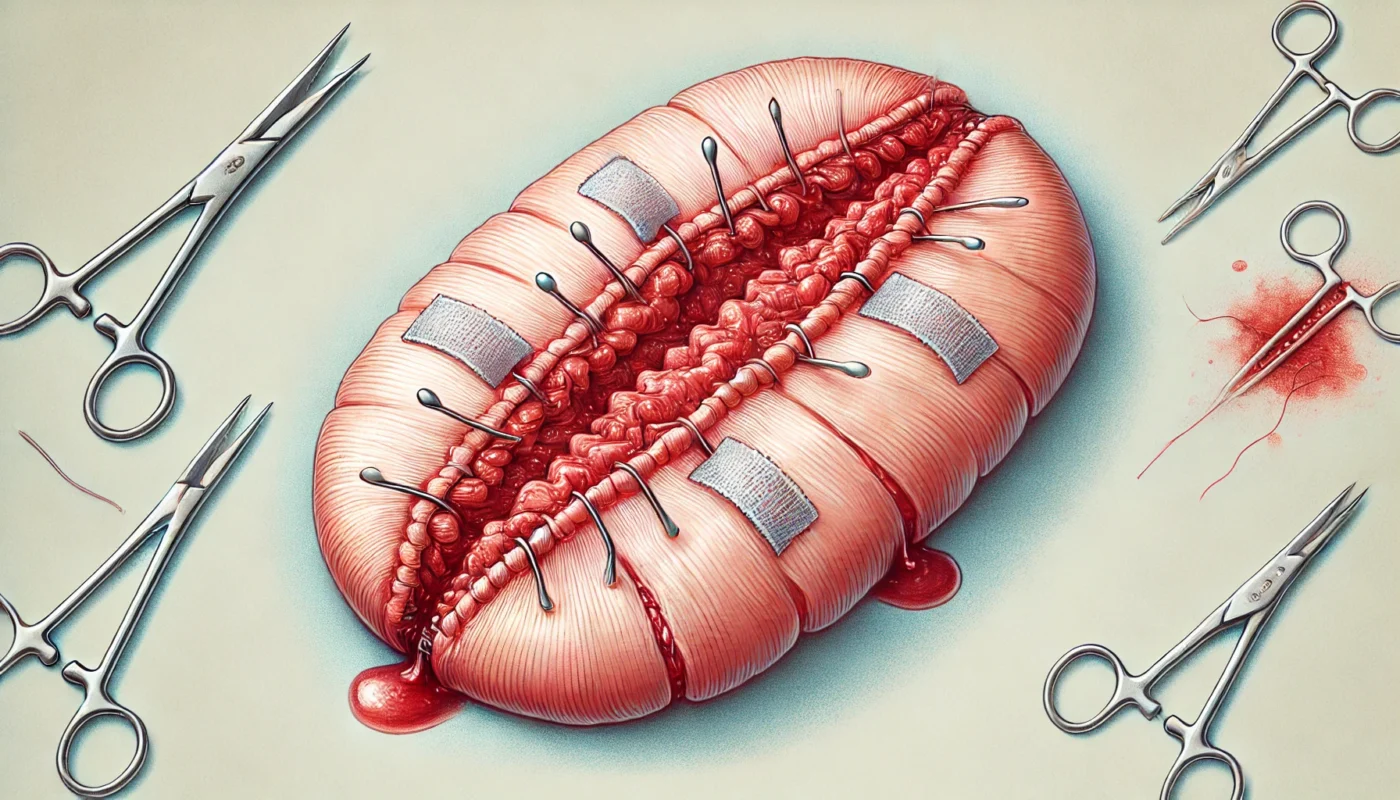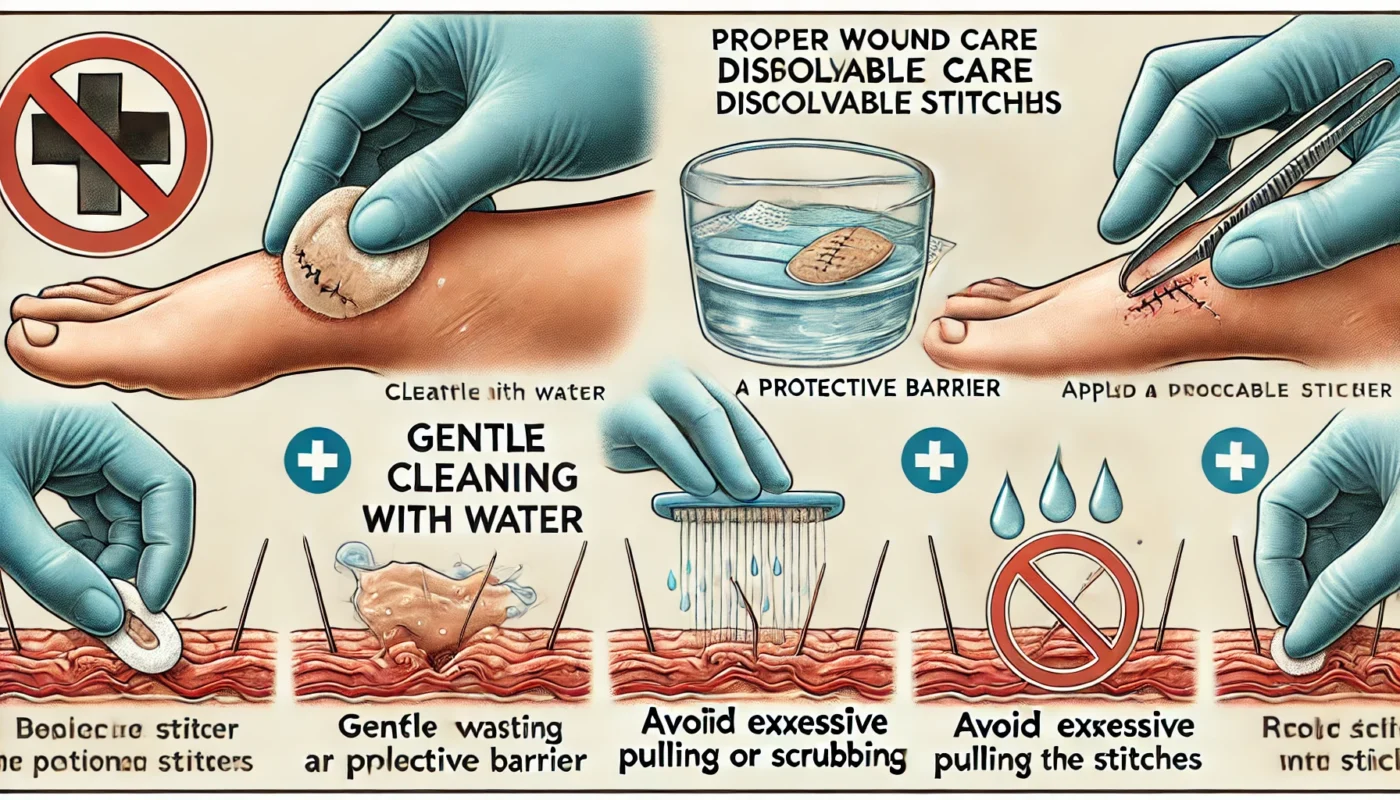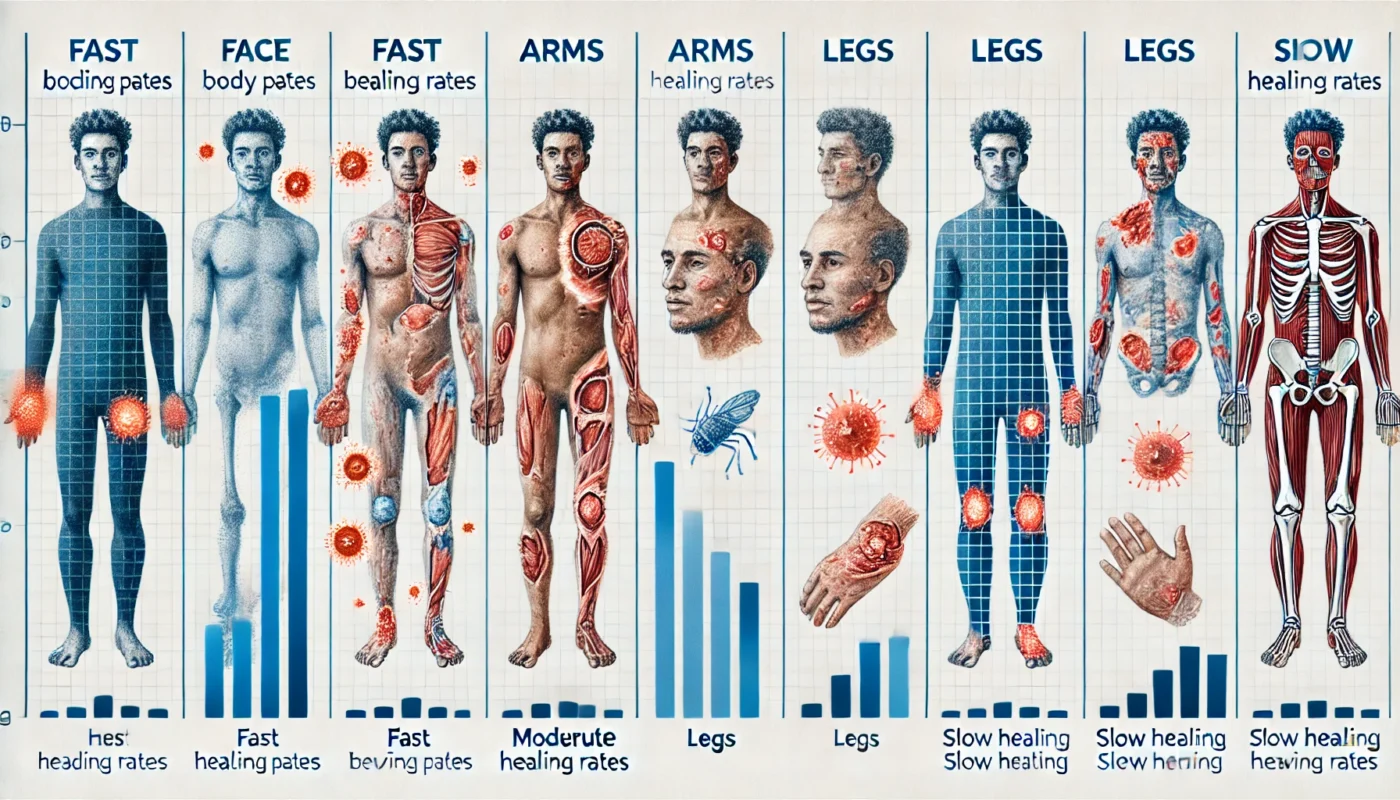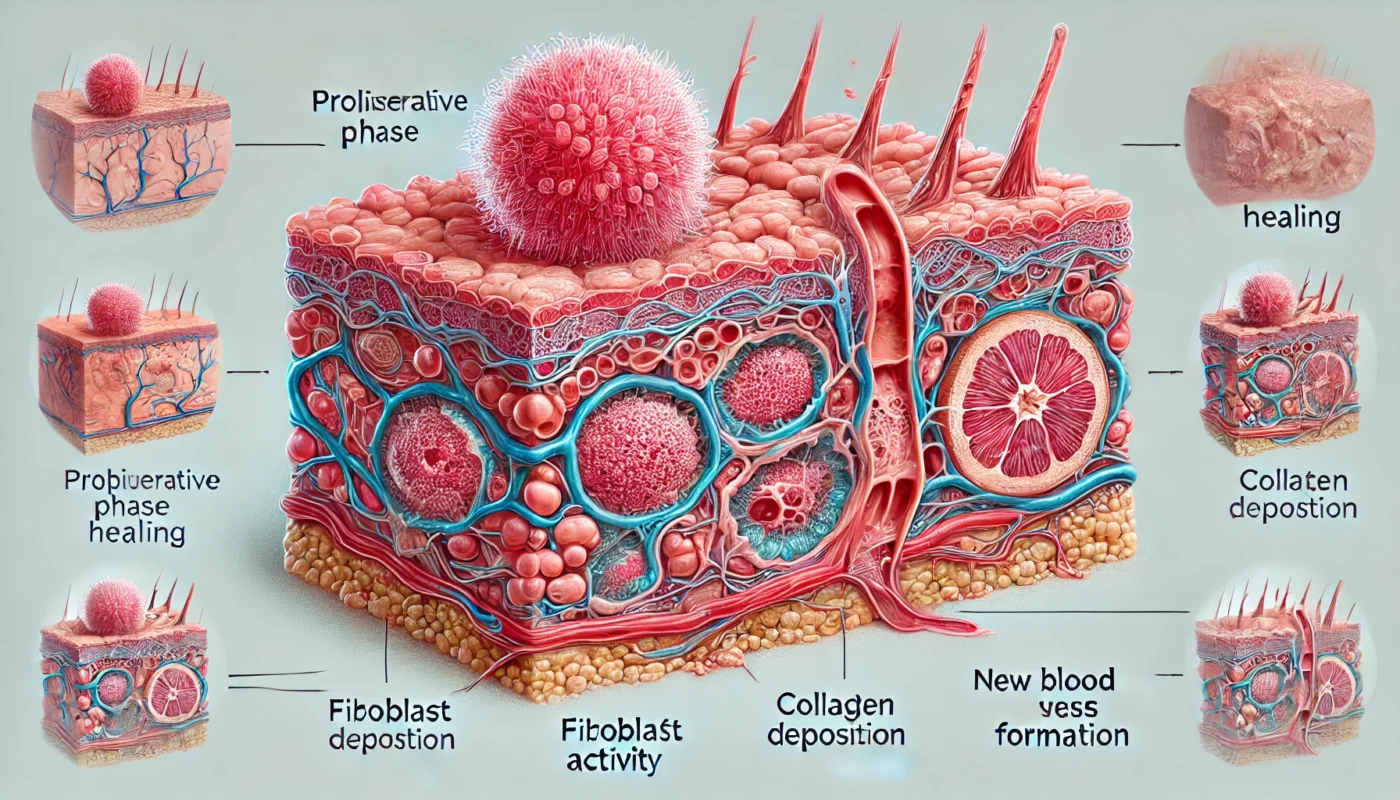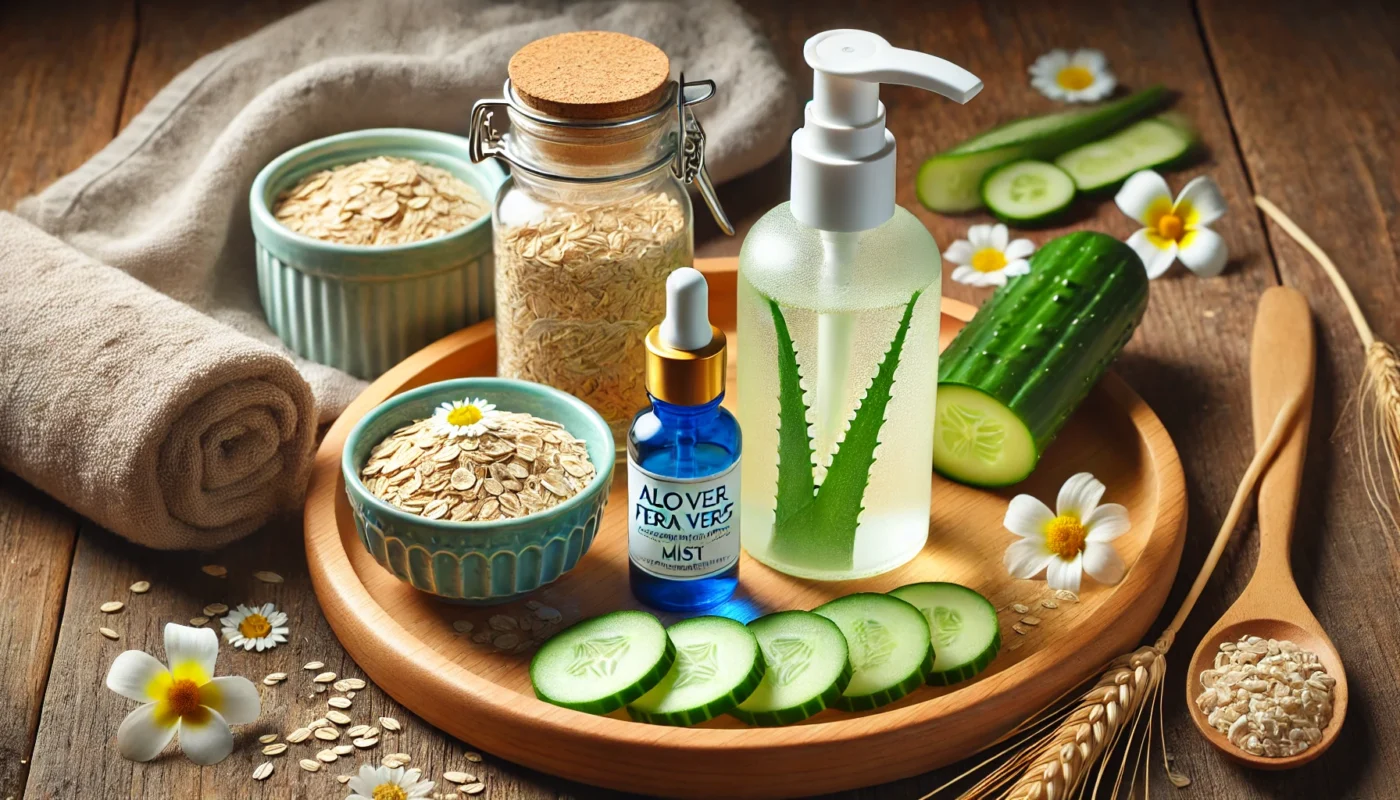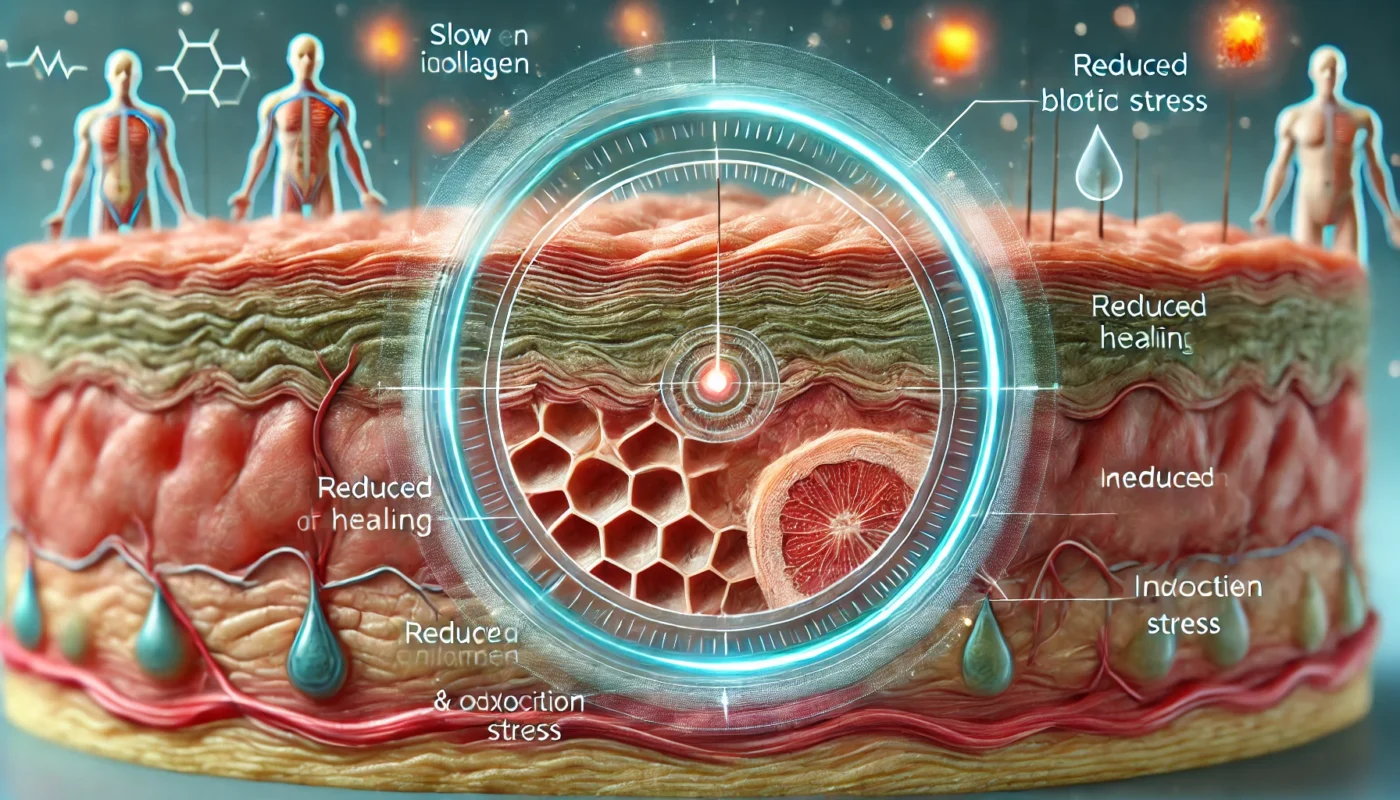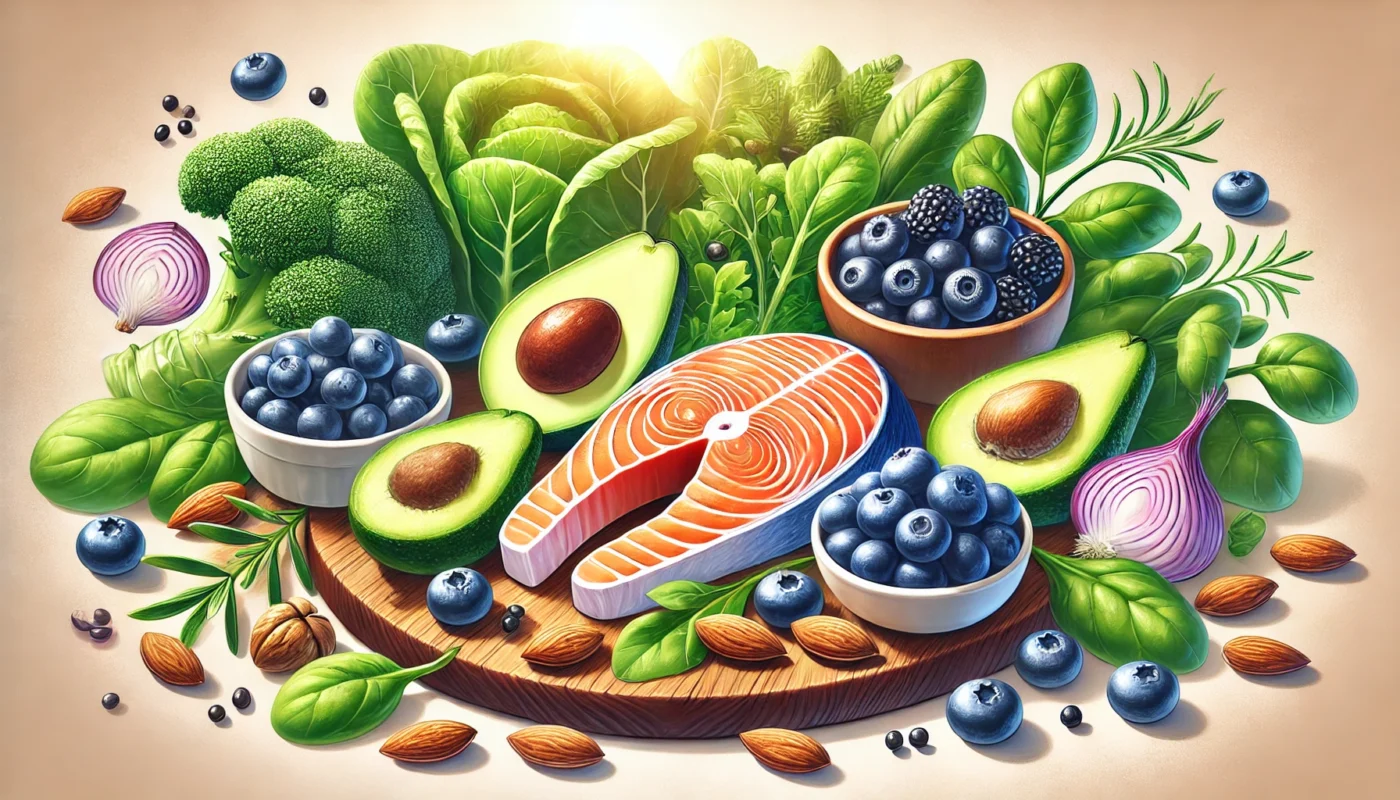Scarring is an inevitable part of the body’s natural healing process. Whether it’s a small cut, a surgical incision, or a significant injury, scars form as the skin repairs itself. Understanding the factors that affect scar healing duration can help you manage expectations and take proactive steps to improve healing outcomes.
Category Archives: Wound Healing Essentials
Dive into tips, treatments, and techniques to accelerate wound healing, prevent infections, and minimize scarring for all types of wounds.
In the realm of health and wellness, the body’s ability to heal is a captivating subject. It’s a fascinating intersection of biology, medicine, and personal lifestyle that raises intriguing questions: Why do some people seem to recover from injuries faster than others? Is it all down to genetics, or do lifestyle choices play a significant role? In this article, we’ll delve into the complex world of wound healing, exploring the genetic and lifestyle factors that influence the healing process.
Wound packing is a method used in wound care to fill the space within a wound, particularly those that are deep or have a significant cavity. This process helps in absorbing drainage, keeping the wound clean, and promoting healing from the inside out. It’s a technique often used in surgical wounds to prevent the accumulation of fluids and to minimize the risk of infection.
Caring for dissolvable stitches, also known as absorbable sutures, is an essential component of post-surgical recovery. Whether you’ve undergone a simple procedure or a complex surgery, understanding how to properly care for these stitches can significantly impact your healing process. Dissolvable stitches are designed to be absorbed by your body over time, thus eliminating the […]
Understanding the healing rates of different body parts can be crucial for fitness enthusiasts, health enthusiasts, and medical patients alike. Whether you’re recovering from an injury, managing a health condition, or simply curious about the human body’s capabilities, knowing which parts heal the fastest can guide your approach to recovery and wellness. This exploration delves into the scientific nuances and offers practical advice on optimizing healing.
Wound healing is traditionally divided into four distinct phases: hemostasis, inflammation, proliferation, and maturation (remodeling). Each phase is characterized by specific cellular activities and changes in tissue structure.
Skin irritation manifests in various forms, including redness, itching, swelling, and discomfort. It can result from a wide range of causes, such as environmental pollutants, allergens, or physical abrasions. Understanding the underlying cause of irritation is crucial for selecting the most appropriate treatment method.
Wound healing is a complex physiological process involving multiple stages: hemostasis, inflammation, proliferation, and remodeling. Each phase is critical and interdependent, requiring a well-coordinated effort from various cells, growth factors, and enzymes. When any of these components are disrupted, impaired wound healing can occur.
The skin, being the largest organ of the body, requires a diverse array of nutrients to maintain its structural integrity and functional properties. A balanced diet rich in specific vitamins, minerals, and antioxidants is crucial for skin health, influencing everything from elasticity to the skin’s natural glow.
Vitamin E is often lauded for its antioxidant properties, which can help protect skin cells from damage caused by free radicals. These properties make it a popular ingredient in skincare products aimed at improving skin appearance and health. But how does it play a role in scar healing? The scientific community has had mixed views on the effectiveness of vitamin E for scars, though many users swear by its benefits.

